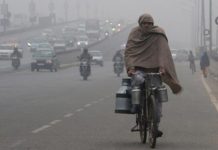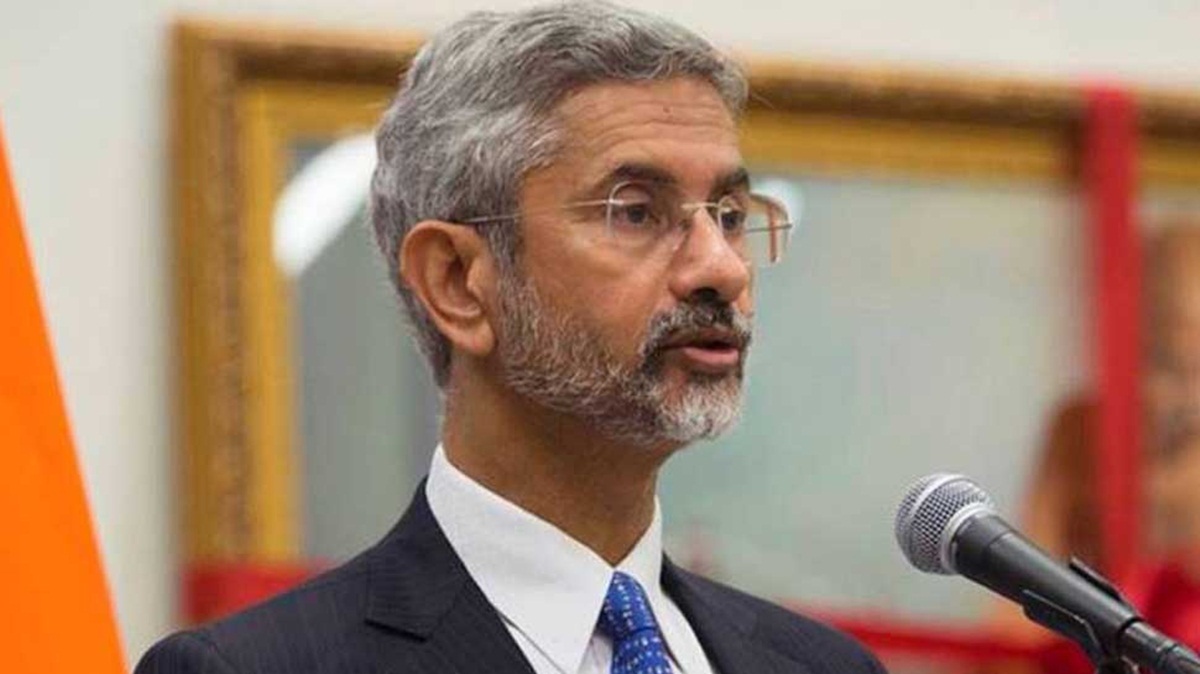Delhi’s air quality reached alarming levels on Wednesday, as it entered the ‘severe’ category for the first time this season, with the Air Quality Index (AQI) soaring to a concerning 418. According to the Central Pollution Control Board (CPCB), 30 out of the 36 air quality monitoring stations across the city reported ‘severe’ pollution levels, signaling a public health emergency.
On Tuesday, the 24-hour average AQI was recorded at 334, categorized as ‘very poor’. However, by Wednesday morning, the air quality deteriorated further, with a reading of 366, placing it firmly in the ‘very poor’ range. The CPCB classifies AQI levels as follows: 0-50 (good), 51-100 (satisfactory), 101-200 (moderate), 201-300 (poor), 301-400 (very poor), and over 400 (severe).
The dense smog blanketing the capital significantly reduced visibility, leading to hazardous conditions at the Delhi Airport, where the visibility reached near zero. Calm winds have aggravated the situation, causing the pollution to linger and worsen. The India Meteorological Department (IMD) also reported a drop in the city’s temperature, which fell to 17°C on Wednesday morning, from 17.9°C the previous day. The IMD further warned that temperatures might continue to decline due to the persistent smog blocking sunlight.
Amid the deteriorating air quality, the Delhi unit of the Bharatiya Janata Party (BJP) urged the Delhi government to close all schools up to Class 5 immediately. The BJP also criticized the Aam Aadmi Party (AAP)-led government for its handling of the air pollution crisis, accusing it of allowing the city to devolve into what they described as a “gas chamber.”
As the city grapples with this environmental health emergency, experts have called for urgent measures to combat the sources of pollution, including stubble burning, vehicular emissions, and industrial pollution, while urging residents to take precautions and avoid outdoor activities.






